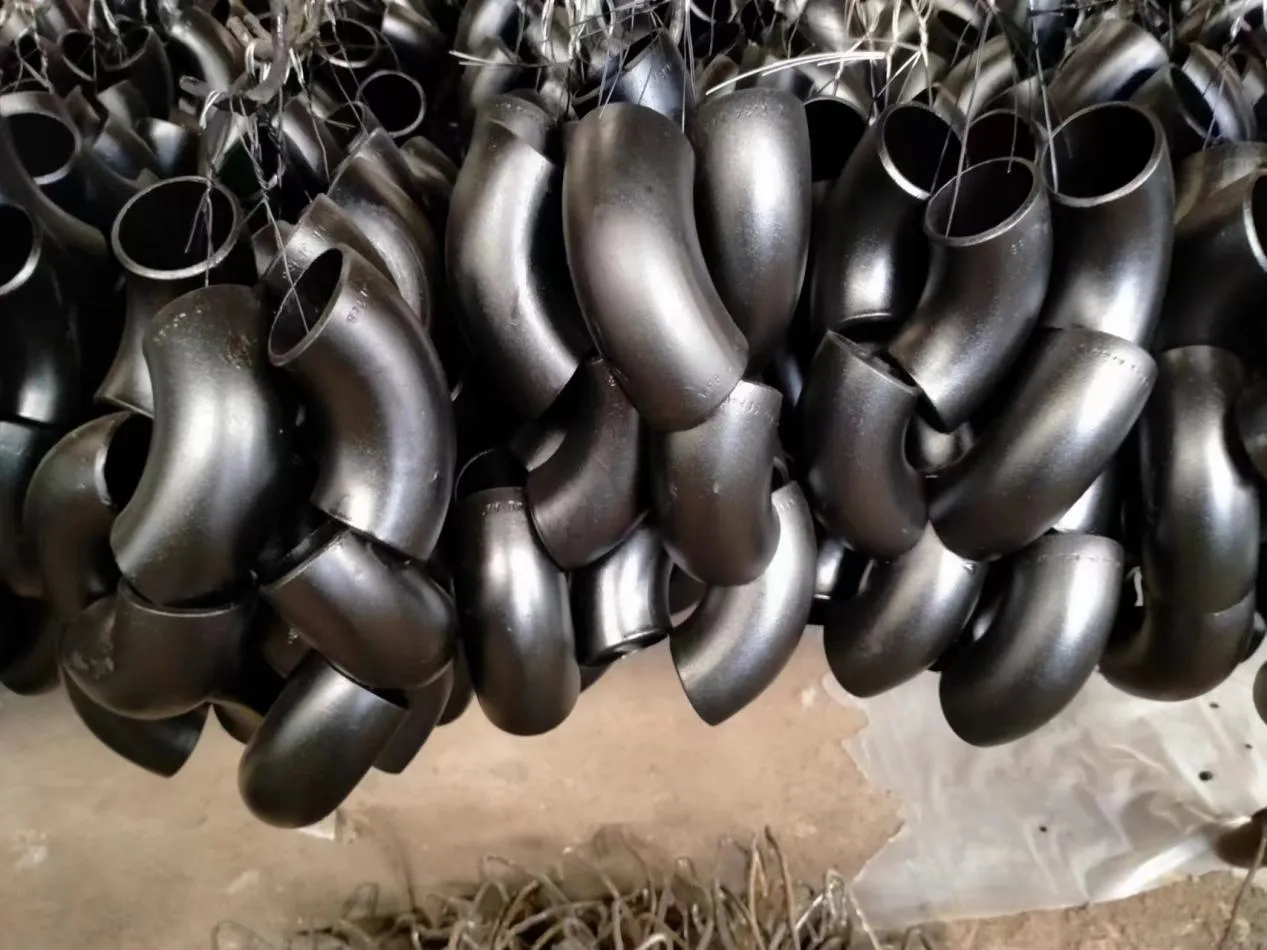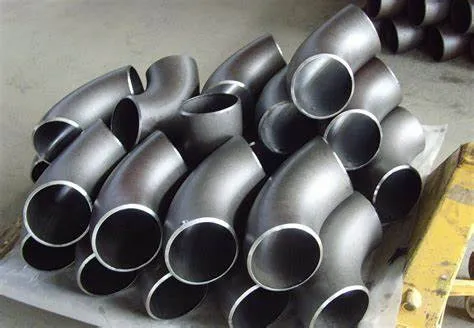-
Cangzhou Yulong Steel Co., Ltd.
-
Phone:
+86 13303177267 -
Email:
admin@ylsteelfittings.com
- English
- Arabic
- Italian
- Spanish
- Portuguese
- German
- kazakh
- Persian
- Greek
- French
- Russian
- Polish
- Thai
- Indonesian
- Vietnamese
- Zulu
- Korean
- Uzbek
- Hindi
- Serbian
- Malay
- Ukrainian
- Gujarati
- Haitian Creole
- hausa
- hawaiian
- Hebrew
- Miao
- Hungarian
- Icelandic
- igbo
- irish
- Japanese
- Javanese
- Kannada
- Khmer
- Rwandese
- Afrikaans
- Albanian
- Amharic
- Armenian
- Azerbaijani
- Basque
- Belarusian
- Bengali
- Bosnian
- Bulgarian
- Catalan
- Cebuano
- China
- China (Taiwan)
- Corsican
- Croatian
- Czech
- Danish
- Esperanto
- Estonian
- Finnish
- Frisian
- Galician
- Georgian
- Kurdish
- Kyrgyz
- Lao
- Latin
- Latvian
- Lithuanian
- Luxembourgish
- Macedonian
- Malgashi
- Malayalam
- Maltese
- Maori
- Marathi
- Mongolian
- Myanmar
- Nepali
- Norwegian
- Norwegian
- Occitan
- Pashto
- Dutch
- Punjabi
- Romanian
- Samoan
- Scottish Gaelic
- Sesotho
- Shona
- Sindhi
- Sinhala
- Slovak
- Slovenian
- Somali
- Sundanese
- Swahili
- Swedish
- Tagalog
- Tajik
- Tamil
- Tatar
- Telugu
- Turkish
- Turkmen
- Urdu
- Uighur
- Welsh
- Bantu
- Yiddish
- Yoruba

Jan . 10, 2025 16:05 Back to list
Advantages of Using Butt Weld Elbows in Piping Systems
In the world of industrial piping, elbows are integral components that facilitate the smooth flow of fluids or gases through pipelines by allowing direction changes. Butt weld elbows, specifically, are a popular choice in high-performance piping systems due to their strength, durability, and versatility. These welded fittings, which connect two sections of pipe at an angle, offer numerous advantages over other types of elbows, making them a preferred solution in industries such as oil and gas, chemical processing, and power generation. This article explores the key benefits of using butt weld elbows in piping systems.

Superior Strength and Durability of Butt Weld Elbows
One of the most significant advantages of butt weld elbows is their superior strength and durability. Butt welding involves joining two pipe ends together by melting the material and allowing it to cool, creating a seamless joint. This process results in a strong, reliable connection that is capable of withstanding high pressure, extreme temperatures, and mechanical stresses.
The integrity of the welded joint ensures that weld on pipe elbows can handle the demands of high-pressure systems, making them ideal for applications such as steam lines, water pipelines, and industrial chemical transportation. The smoothness of the welded seam also reduces the risk of stress points or weak spots that could lead to failures or leaks in the system.
Additionally, the strength of the butt weld joint allows for the use of thicker materials in the elbows, which enhances their resistance to mechanical wear, corrosion, and fatigue. This increased durability means that butt weld elbows can maintain their performance over the long term, reducing the need for frequent replacements and repairs.
Seamless Integration into Piping Systems About Butt Weld Elbows
Another notable advantage of weldable pipe elbows is their ability to integrate seamlessly into existing piping systems. The process of butt welding creates a smooth, continuous flow path from one pipe section to the next, without the abrupt changes in diameter or fittings that can occur with other types of elbows, such as threaded or socket weld elbows.
This seamless integration minimizes the chances of turbulence and flow disruptions, which can lead to inefficiencies and wear in the system. In systems where fluid dynamics are critical, such as in chemical processing or water treatment, ensuring smooth, uninterrupted flow is essential for maintaining optimal performance. Butt weld elbows, with their smooth internal surfaces, help to preserve the efficiency of the entire piping network.
Moreover, because butt weld elbows are welded directly to the pipe, they eliminate the need for extra fittings or joints that could introduce potential weak points. This simplicity in design contributes to the overall reliability and longevity of the piping system.
Versatility in Pipe Material and Size of Butt Weld Elbows
Butt weld elbows offer considerable versatility in terms of the materials and sizes that can be used. They are compatible with a wide range of materials, including carbon steel, stainless steel, alloy steel, and more. This versatility makes them suitable for various industrial applications, from basic fluid transportation to more complex systems requiring specialized materials to resist corrosion, high temperatures, or chemical reactions.
The ability to use different materials also allows for flexibility in adapting to specific environmental conditions. For example, in the oil and gas industry, butt weld elbows can be manufactured from corrosion-resistant alloys to withstand the harsh, corrosive environments commonly found in offshore rigs and deep-water pipelines.
Additionally, butt weld elbows can be fabricated in a range of sizes, from small-diameter pipes used in HVAC systems to large-diameter pipes in major industrial pipelines. This flexibility in size ensures that butt weld elbows can be used for virtually any piping system, whether it requires small precision fittings or large-scale infrastructure components.

Long-Term Cost Savings About Butt Weld Elbows
Although butt weld elbows typically come at a higher upfront cost compared to other elbow types, they offer substantial long-term cost savings. The enhanced durability and strength of welded elbows mean that they require less frequent maintenance, reducing repair costs and downtime for the system.
Because the weld joint is strong and reliable, there is a lower risk of joint failure, leakage, or system inefficiency, all of which could lead to costly interruptions or catastrophic failures in critical applications. Additionally, the long lifespan of butt weld elbows means that replacements are less frequent, providing further savings over the lifetime of the piping system.
Furthermore, the ability to customize the size and material of butt weld elbows ensures that they are fit for purpose, minimizing the need for modifications or re-engineering of the piping system. This adaptability contributes to a more cost-effective solution overall.
Superior Pressure Handling and High-Temperature Performance About Butt Weld Elbows
In many industrial applications, especially in sectors like power generation, oil and gas, and petrochemical processing, pipes are subjected to high-pressure environments and extreme temperatures. Butt weld elbows excel in these conditions, offering superior performance compared to other types of elbows.
The strength of the welded joint makes butt weld elbows particularly suitable for high-pressure systems, where maintaining structural integrity is crucial. Unlike threaded elbows, which may weaken under pressure, or socket weld elbows, which have potential stress points at the joints, butt weld elbows provide a smooth and strong transition between pipes, reducing the risk of failure under pressure.
Additionally, butt weld elbows are highly effective in high-temperature applications, such as steam lines or hot water transport systems. The welded seam provides a durable and heat-resistant connection, ensuring that the system remains intact even under fluctuating temperatures or thermal cycling. This makes them ideal for use in power plants, refineries, and other high-temperature industrial environments.
Latest news
-
ANSI 150P SS304 SO FLANGE
NewsFeb.14,2025
-
ASTM A333GR6 STEEL PIPE
NewsJan.20,2025
-
ANSI B16.5 WELDING NECK FLANGE
NewsJan.15,2026
-
ANSI B16.5 SLIP-ON FLANGE
NewsApr.19,2024
-
SABS 1123 FLANGE
NewsJan.15,2025
-
DIN86044 PLATE FLANGE
NewsApr.19,2024
-
DIN2527 BLIND FLANGE
NewsApr.12,2024
-
JIS B2311 Butt-Welding Fittings LR/SR 45°/90° /180°Seamless/Weld
NewsApr.23,2024











